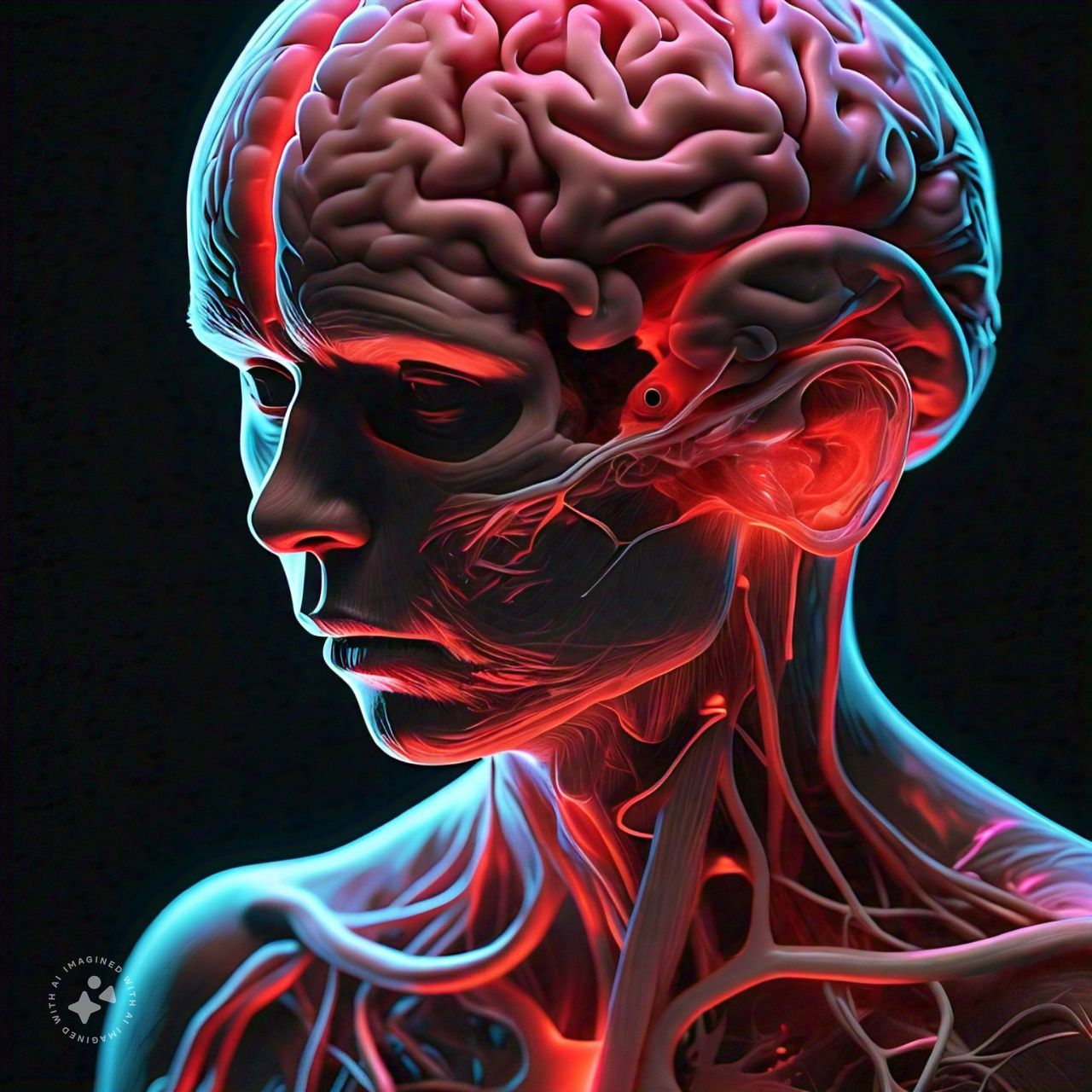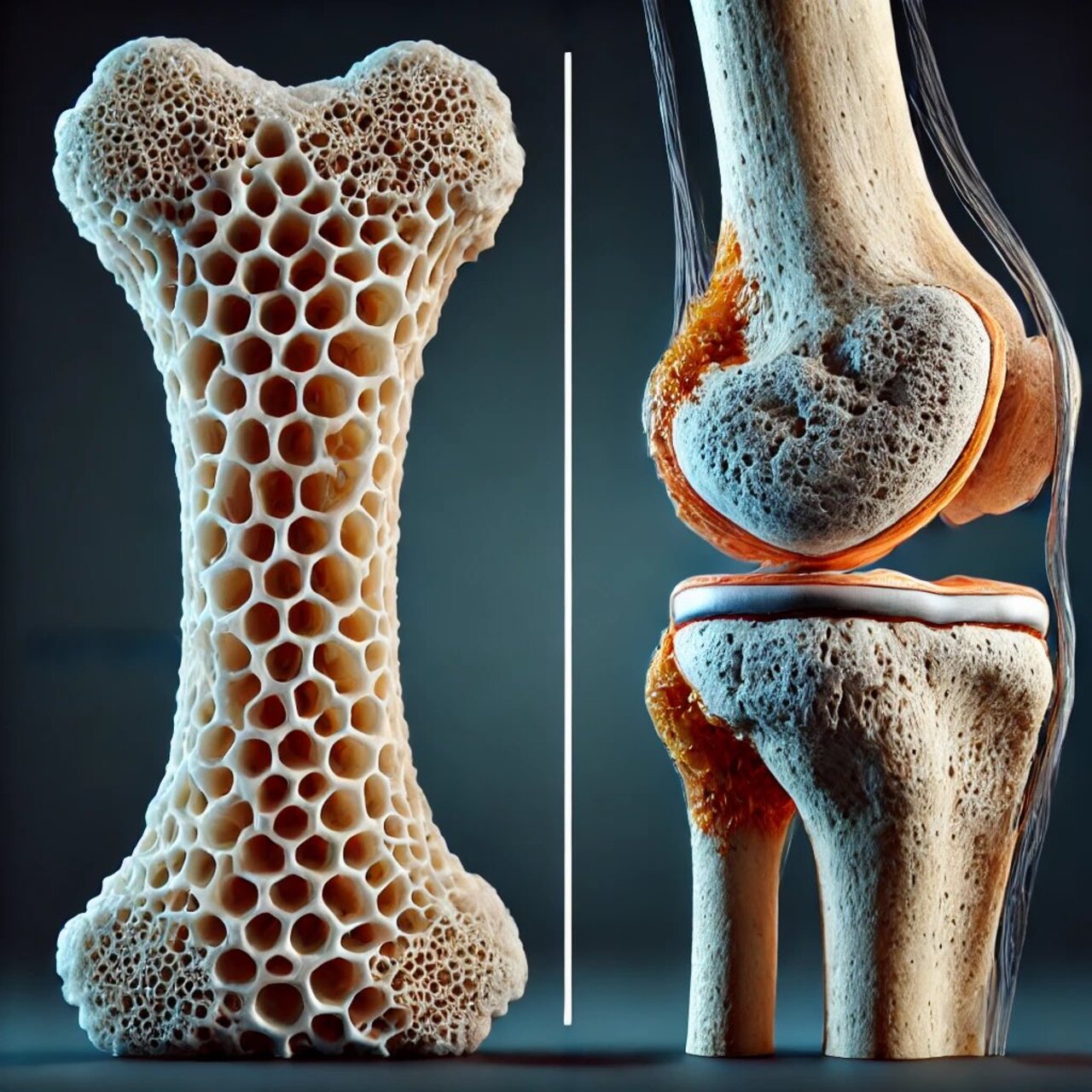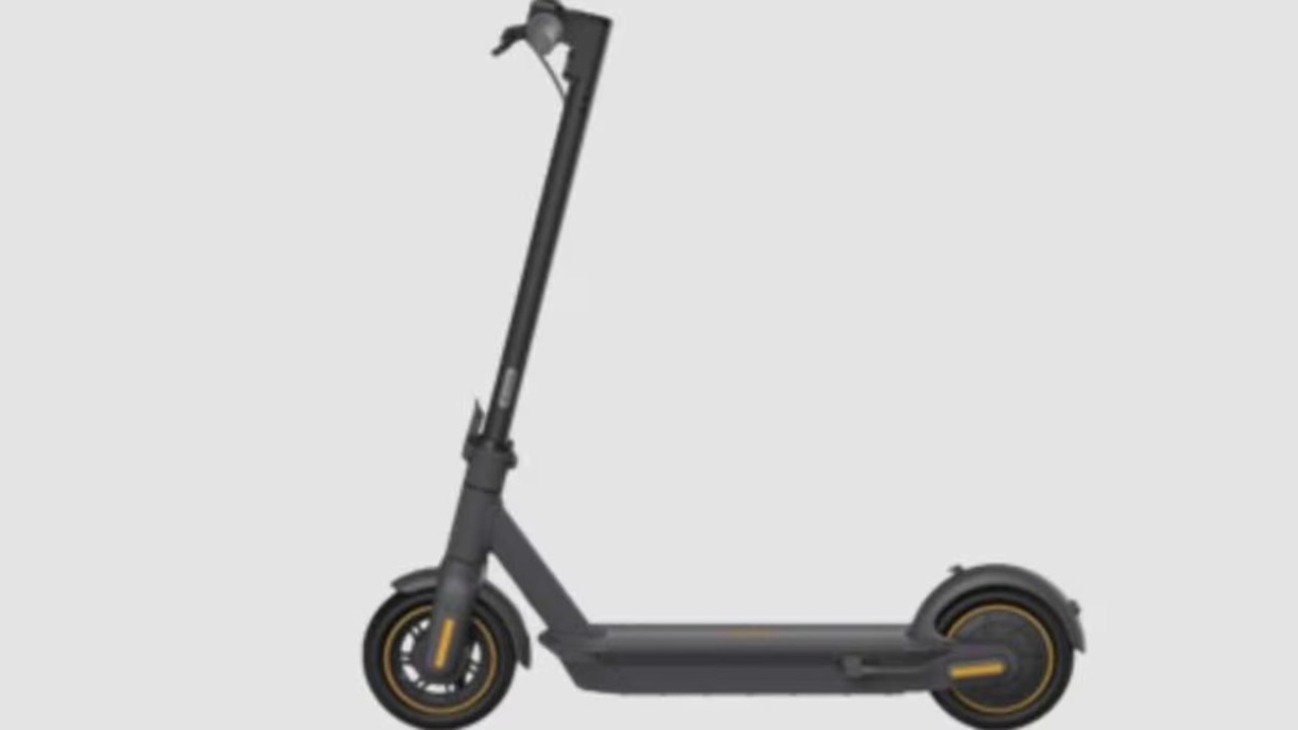
INFRARED LIGHT THERAPY RECOVERS BRAIN INJURIES
Scientists from Birmingham discover that near-infrared light therapy accelerates the recovery of mild traumatic brain injuries.
Birmingham Scientists Discover That Near-Infrared Light Therapy Accelerates Recovery from Mild Traumatic Brain Injuries
A team of researchers from the University of Birmingham has made significant advances in the treatment of mild traumatic brain injuries (mTBI) using near-infrared light therapy (NIR). According to the study, this technology has the potential to speed up recovery by reducing inflammation and cell death in the affected brain, which could transform the way these types of injuries are treated.
The Issue of Mild Traumatic Brain Injuries
Mild traumatic brain injuries, which include concussions, are extremely common and account for a large number of emergency room visits due to sports accidents, falls, and traffic incidents. While many people fully recover, some suffer long-term effects, such as cognitive difficulties, memory problems, and mood changes. Current treatments for these injuries focus primarily on symptom management, such as headaches and sleep disturbances, but they do not directly address the inflammation and cell damage that occurs in the brain after impact.
The Birmingham Study: Near-Infrared Light Therapy
The research conducted by the group of scientists at Birmingham focused on the effects of near-infrared light therapy on injured brains. This type of light, which falls within the 700 to 1400 nm wavelength range, can penetrate tissues more deeply than visible light, making it an ideal option for treating internal tissues like the brain.
In the study, researchers applied NIR light to experimental models with mild brain injuries. The results were promising:
Reduction of Inflammation: NIR light significantly reduced inflammation in the injured area of the brain, a key factor that exacerbates mTBI and hinders recovery.
Decreased Cell Death: The NIR treatment also showed a reduction in apoptosis (programmed cell death), meaning more brain cells survived after trauma.
Improved Cognitive Function: Animals that received NIR light therapy recovered more quickly and showed significant improvements in memory and behavior tests compared to those that did not receive the treatment.
The Mechanism Behind NIR Therapy
The Birmingham team discovered that near-infrared light stimulates mitochondrial activity in cells, increasing cellular energy production (ATP) and enhancing the cells’ ability to repair themselves. This is crucial for brain cells, which rely on high energy levels to function properly and recover from damage.
Moreover, NIR light appears to modulate the activity of glial cells, which are responsible for the inflammatory response in the brain. By regulating this response, NIR therapy can reduce the secondary damage that occurs after injury.
Implications for the Future Treatment of mTBI
These findings have the potential to change the paradigm for treating mild traumatic brain injuries. The ability of NIR light to reduce inflammation and cell death non-invasively offers a promising alternative to current treatments, which are mainly symptomatic.
The Birmingham team now plans to conduct clinical trials in humans to evaluate whether the benefits observed in animal models translate into significant improvements for human patients. If these trials are successful, NIR therapy could become a standard treatment for those suffering from concussions or other mild brain injuries.
Comparison with Current Treatments
Currently, the treatment of mTBI focuses on short-term symptom management, with recommendations such as rest, pain relief, and limiting physical activities. However, these approaches do not address the underlying cellular damage and inflammation, which can prolong recovery or lead to long-term complications.
Unlike pharmacological therapies, which may have side effects and often do not directly reach the brain, near-infrared light therapy is non-invasive and has a low risk of adverse effects. Additionally, it can be administered repeatedly without damaging tissues, making it an attractive option for long-term treatment of brain injuries.











LEAVE A COMMENT: